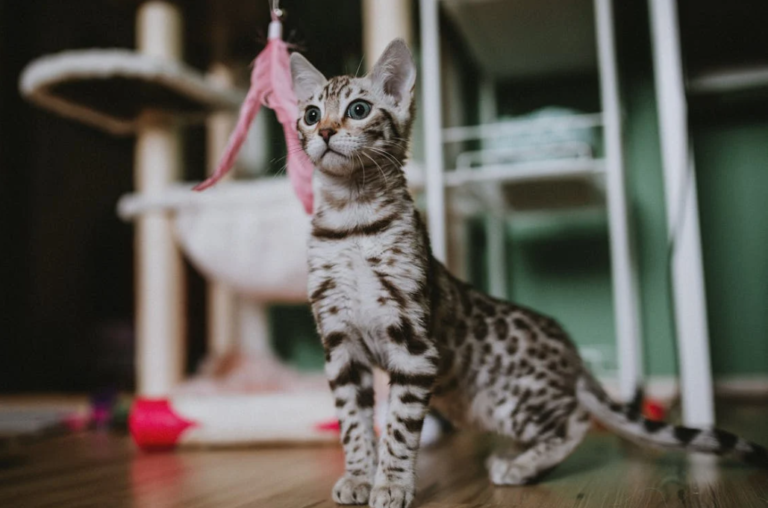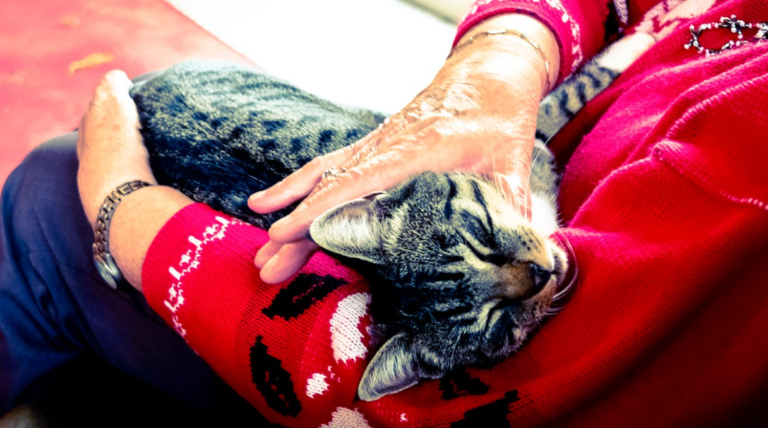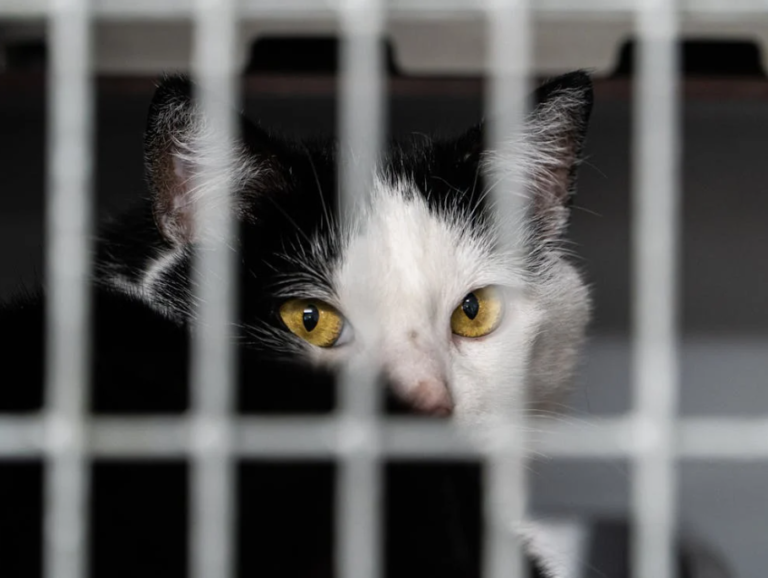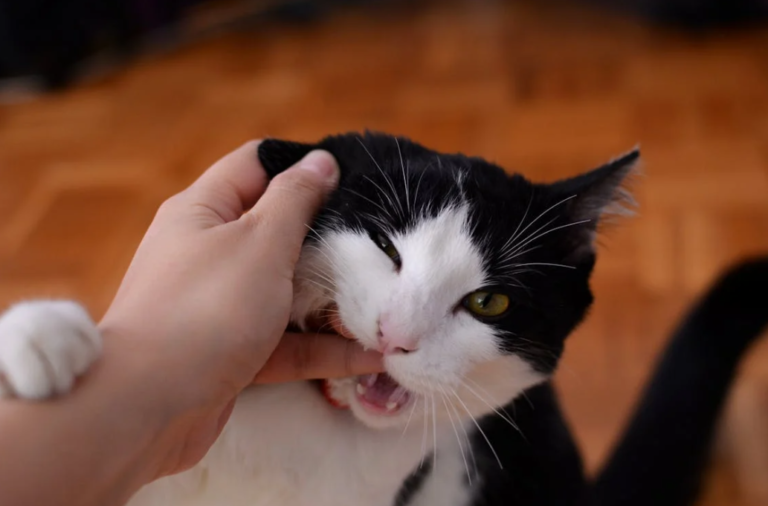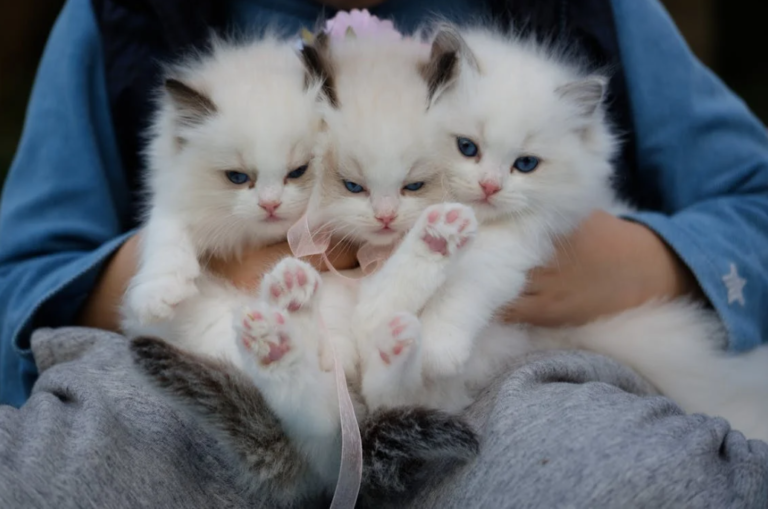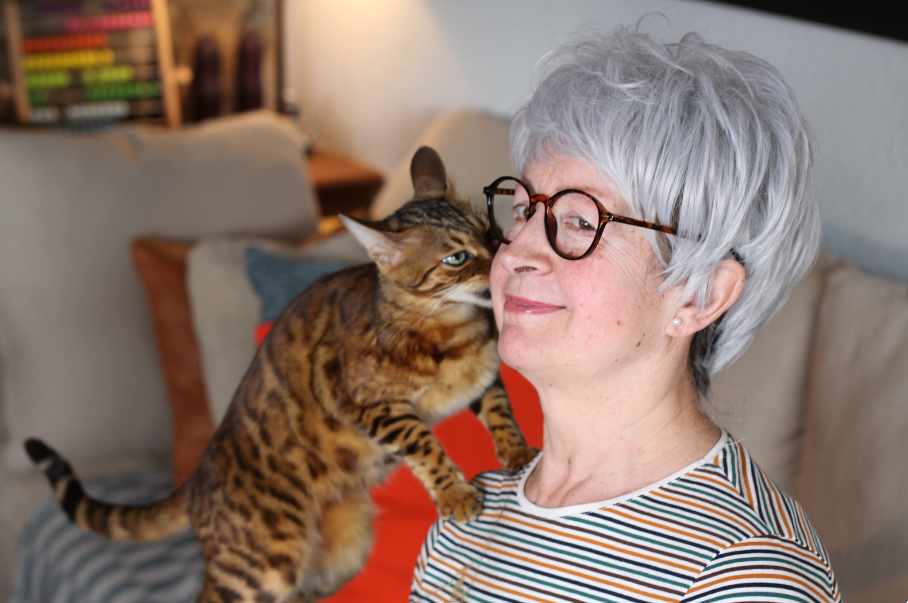Cats communicate through a combination of vocalizations, body language, and behaviors. Understanding these signals can help you build a stronger bond with your feline friend and address their needs more effectively.
Vocalizations
Cats have a variety of vocalizations, each serving a different purpose. Here’s a deeper dive into what these sounds mean:
- Meowing: Cats meow primarily to communicate with humans. The pitch, volume, and frequency of meows can indicate different needs such as hunger, attention, or discomfort. For instance, a short, high-pitched meow might signal a greeting, while a longer, lower-pitched meow could indicate a demand for food.
- Purring: Purring is often associated with contentment, such as when a cat is being petted or is comfortable in its environment. However, purring can also indicate pain or stress. If your cat is purring while showing other signs of discomfort, it might be seeking comfort or trying to self-soothe.
- Hissing and Growling: These sounds are typically signs of fear, aggression, or discomfort. A hissing cat is often warning you to stay away, while growling can indicate a more serious threat perception.
- Chirping and Chattering: Cats often make these sounds when watching birds or other prey animals through a window. This can indicate excitement or frustration.
Body Language
Understanding a cat’s body language is crucial for interpreting their emotions and intentions:
- Tail Position: A raised tail often indicates a happy, confident cat, especially when it approaches you with a tail held high. A tail tucked between the legs signals fear or submission. A twitching or flicking tail can indicate excitement or irritation, depending on the context.
- Ears: Forward-facing ears generally indicate curiosity or contentment. Ears that are sideways or slightly back can suggest nervousness or anxiety. Flattened ears signal fear, aggression, or a defensive stance.
- Eyes: Slow blinking indicates trust and affection, often referred to as a “cat kiss.” Direct staring can be perceived as a threat, while soft eyes indicate relaxation and trust. Dilated pupils can signal excitement, fear, or aggression, depending on the context.
- Fur: A cat with puffed-up fur is likely feeling threatened or aggressive, as it tries to appear larger to ward off threats. Conversely, smooth fur typically indicates that a cat is calm and in good health.
Behavioral Signals
Cats exhibit various behaviors that can give insights into their feelings and needs:
- Kneading: Cats knead with their paws when they are feeling comfortable and content. This behavior is often associated with kittenhood and nursing, providing comfort and security.
- Head-Butting: Known as bunting, this behavior is a sign of affection and marking territory with scent glands. When your cat head-butts you, it is both showing love and marking you as part of its territory.
- Scratching: Scratching serves multiple purposes, including maintaining nail health and marking territory. Cats have scent glands in their paws, and scratching helps them leave both visual and scent marks.
- Rubbing: When a cat rubs its face against objects, humans, or other animals, it is marking its territory with pheromones, signaling comfort and ownership.
Recognizing Stress and Discomfort
It’s important to recognize signs of stress and discomfort in cats to address any underlying issues promptly:
- Hiding: Cats often hide when they are stressed, scared, or unwell. If your cat is hiding more than usual, it could be a sign that something is wrong.
- Over-Grooming: Excessive grooming can be a sign of anxiety, boredom, or skin conditions. If your cat is grooming to the point of creating bald spots, it’s time to consult a veterinarian.
- Changes in Behavior: Sudden changes in eating, sleeping, or litter box habits can indicate health issues. If you notice any drastic behavioral changes, a veterinary check-up is advisable.
By understanding your cat’s vocalizations, body language, and behaviors, you can better meet their needs and strengthen your bond. Paying close attention to their signals will ensure their well-being and happiness, making your relationship with your feline friend even more rewarding.
Learn more about our blog for more heartwarming stories.



